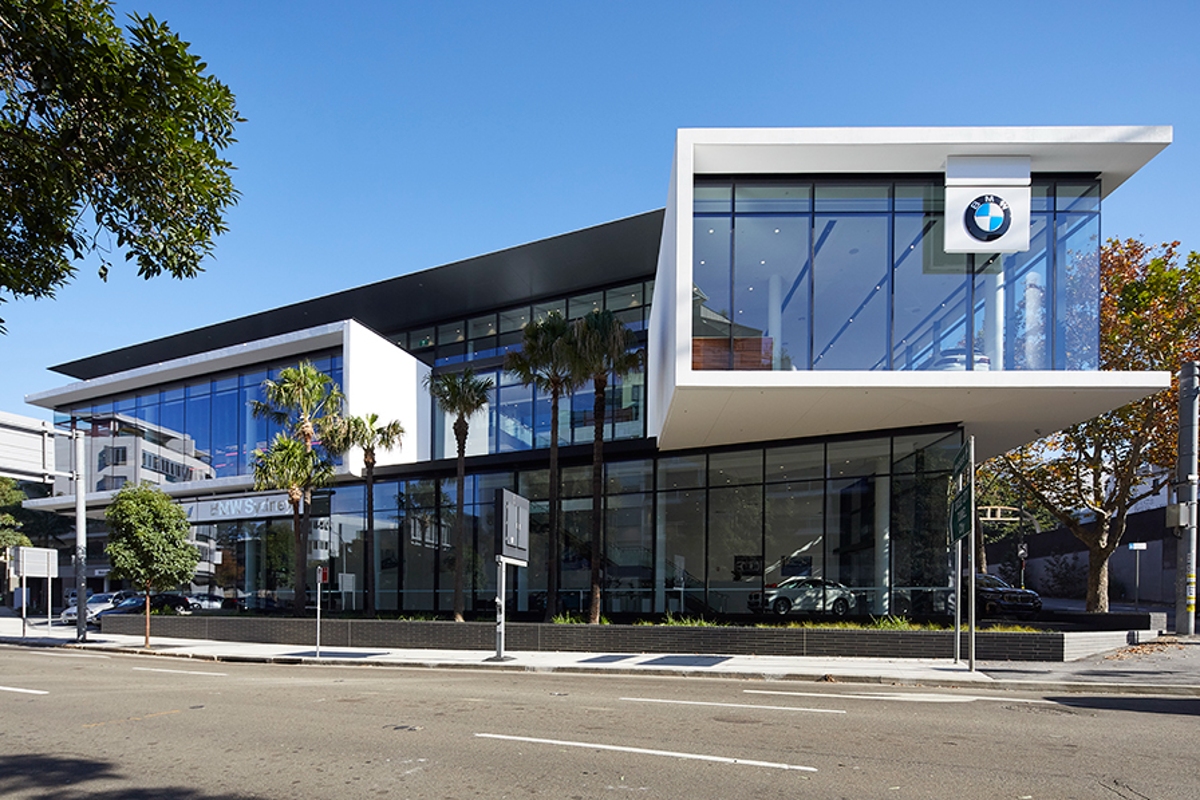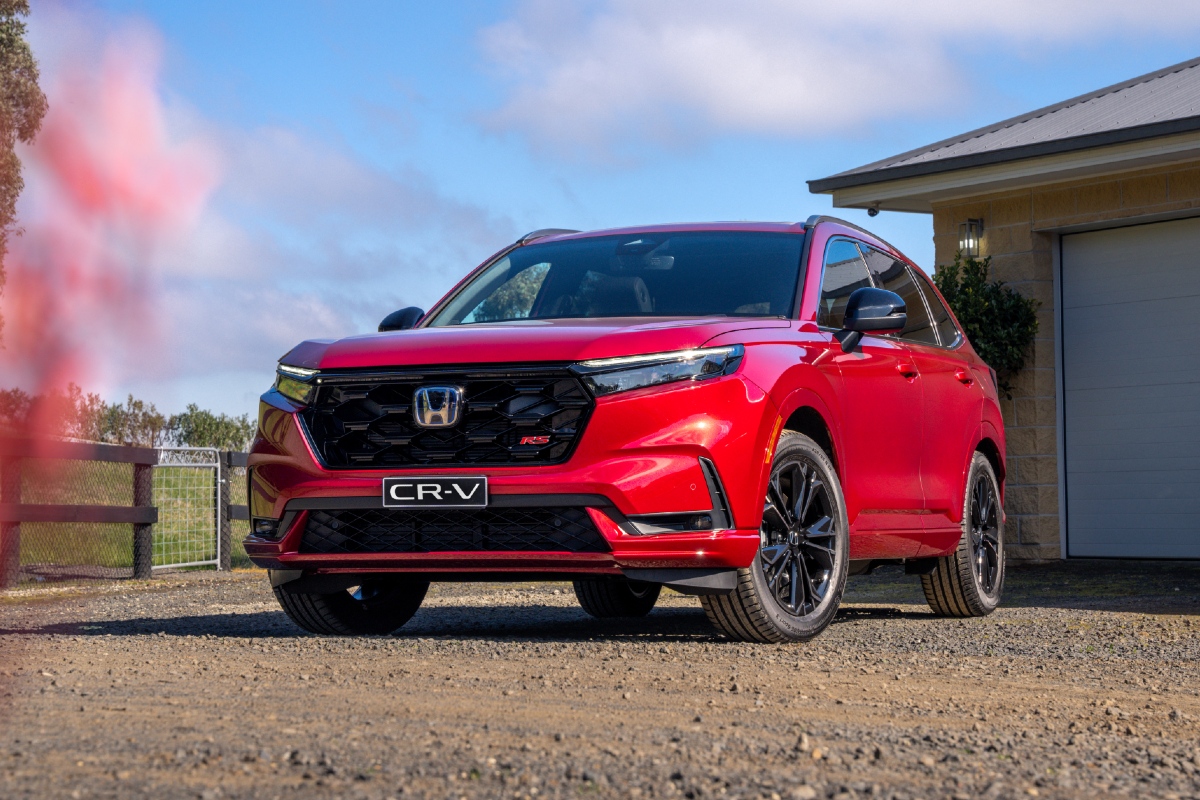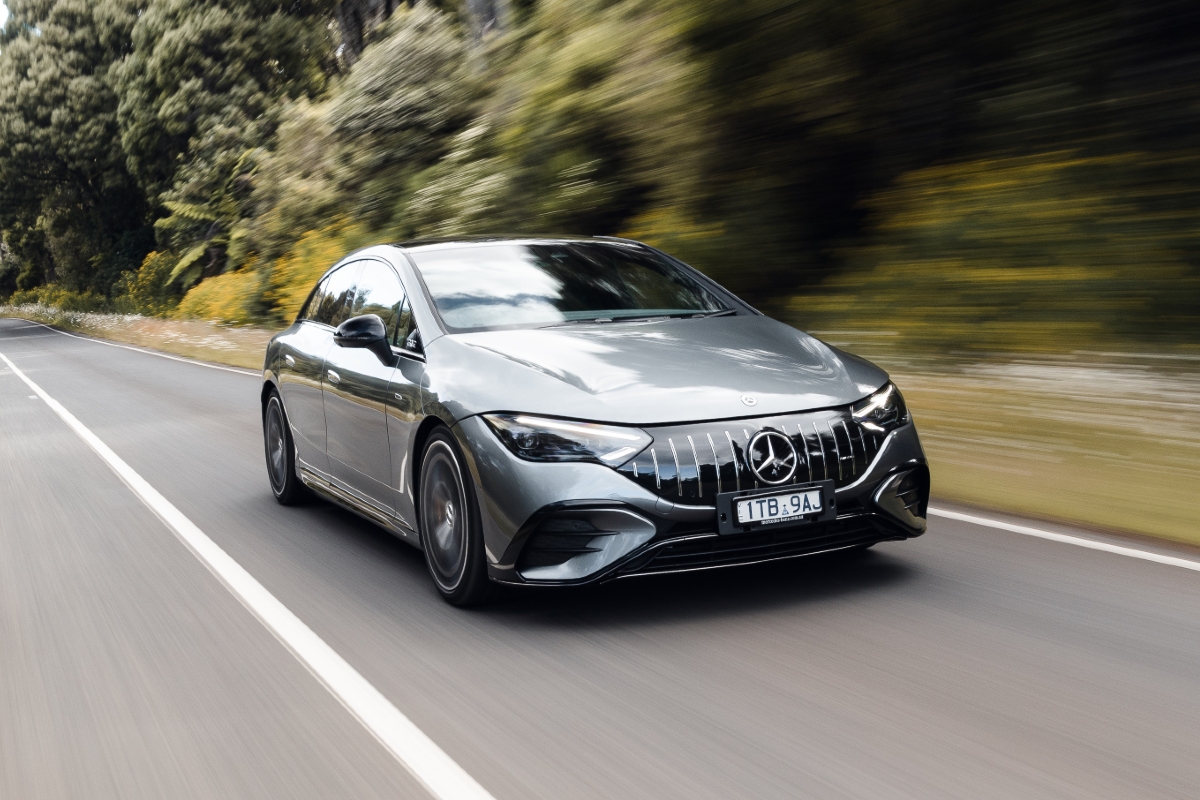
A couple of years ago all the talk in the industry was around the adoption of the so called ‘agency model’ for retailing cars in Australia. This was on the back of Honda and Mercedes Benz going down this route in mid-2021 and the start of 2022 respectively.
The move to the agency model was prompted, to a large extent, by the success of Tesla who operate without a dealer network at all and therefore retain all the revenue in the sale of each car themselves. Manufacturers saw the chance to increase their own profitability by greatly reducing the margin that a dealer could earn (whilst pocketing more themselves) and, at the same time, control all communications with the end user directly.
READ MORE: Honda’s ‘agency model’ explained
The transition for Honda and MB wasn’t without its issues, as evidenced by the various legal actions between dealers and manufacturers. But the real test of the viability of the agency model has got to be how the sales numbers are going post changeover.
And it ain’t pretty.
Given the pandemic, and the subsequent, now resolved, new car supply issues that resulted, the comparisons on sales number have to be made using 2019 as the base.
So, how did Honda do in 2023? They sold 13,734 units last year. That’s actually down from 14,215 in 2022 when they could probably claim to have had some supply issues to contend with.
However, in 2019, using the old dealer retail model, they sold 43,868 cars. This is against a backdrop of the overall market growing by more than 14% from 2019 to 2023. So, whilst the market gained 14%, Honda Australia managed to decline their sales by 70% and take their market share from 4.1% to 1.1%. Scarcely believable, but true.

During that same period, Subaru, a direct segment competitor, saw sales grow from 40,000 to 46,114 whilst maintaining market share.
Meanwhile, the three-pointed star has managed a decline of 25% in car sales, from 31,985 in 2019 to 24,315 in 2023 (and a further 30% year-on-year in the first quarter of 2024) as market share went from 3.0% to 2.0%. So, not as bad as Honda, but not a great endorsement of the agency model when their direct competitors, Audi and BMW, both maintained market share from 2019 to 2023. At the same time, Lexus added almost 60% to their sales numbers.
Bottom line – it’s not working! But why?
The simple answer, in my opinion, is that the dealers are no longer incentivized in the same way as previously to strive to actually sell cars rather than just take orders. If there’s no reward for working harder then why would you? And when sales staff can see more financial upside by working in the showroom of another brand, then the good guys and girls all migrate there sooner or later. The same will ultimately happen with dealer management.
In the absence of truly ‘must have’ volume products that sell themselves in the line-up, sales staff have to work to sell against the opposition. By way of an example, the Ford Ranger Raptor is a ‘must have’ volume product that Blind Freddie could sell. Neither Honda nor MB currently have a product like that in their respective line-ups.
Hence the slide to mediocrity and beyond.
Moreover, it’s clear that the dealer network, in the case of both brands, wasn’t overly enamored with the switch to the agency model and therefore overall motivation won’t have been high over the last couple of years, to say the least.
Two years ago, various other manufacturers were actively talking about adopting the agency model not only in Australia but also much further afield including in the UK and the US.

But, increasingly, those companies are rolling back plans for two reasons. Firstly, they see the figures here with Honda and Mercedes-Benz. Secondly, the macro economic world has changed. Interest rates are very different today, and head office having to hold inventory for much longer than under the true dealer model now costs a lot of money. Money that would have previously been invested by dealers. Then those dealers would be automatically incentivized to shift stock rather than just waiting for HQ to be forced to offer cash on the bonnet to consumers.
At the same time, manufacturers will tell all that the agency model is in the consumers best interests. I don’t believe that there’s much evidence of that as the model appears to be an attempt to control the free market by not allowing dealers to compete with each other. Furthermore, the resulting retention of more margin by the manufacturer doesn’t benefit us locally. Given that the vast majority of importers here are wholly owned subsidiaries of parent companies in Europe, Japan, Korea etc, any extra profits will surely, in all likelihood, flow overseas rather than being retained by the retail network here, much of which is in the hands of ASX listed businesses that can count our Super Funds amongst their investors. So, the chances are that plenty of us own a piece.
Last year the industry was so full of rumours of Honda’s ultimate withdrawal from the Australian market that they felt the need to go on a PR offensive to negate that messaging. But then others have said the same in the past, only to eventually bow to the inevitable, and Honda will need to turn the tide at some point if they are to have a future here.
If the Mercedes figures continue to decline, there’s no chance of a withdrawal but there must be a chance of a return to proper dealer retailing at some juncture to stop the bleeding. Those vast Taj Mahal dealership buildings need to be viable!
Let’s see what happens. It’s a bit like Brexit. It’s taken the Poms a few years to start to openly admit that they screwed up… Reversing the agency model will be a lot easier than reversing Brexit, thankfully.












Discussion about this post